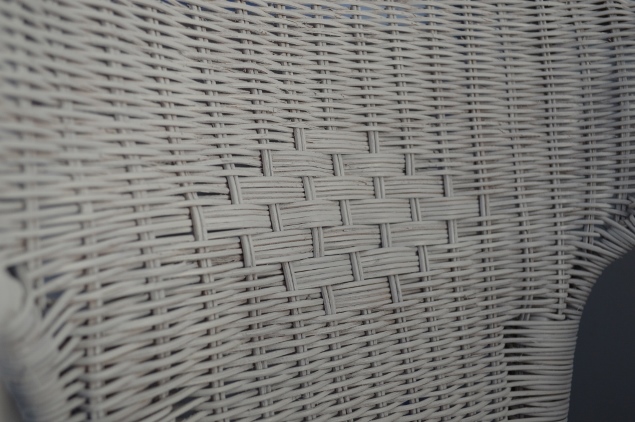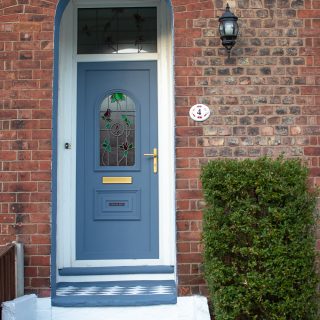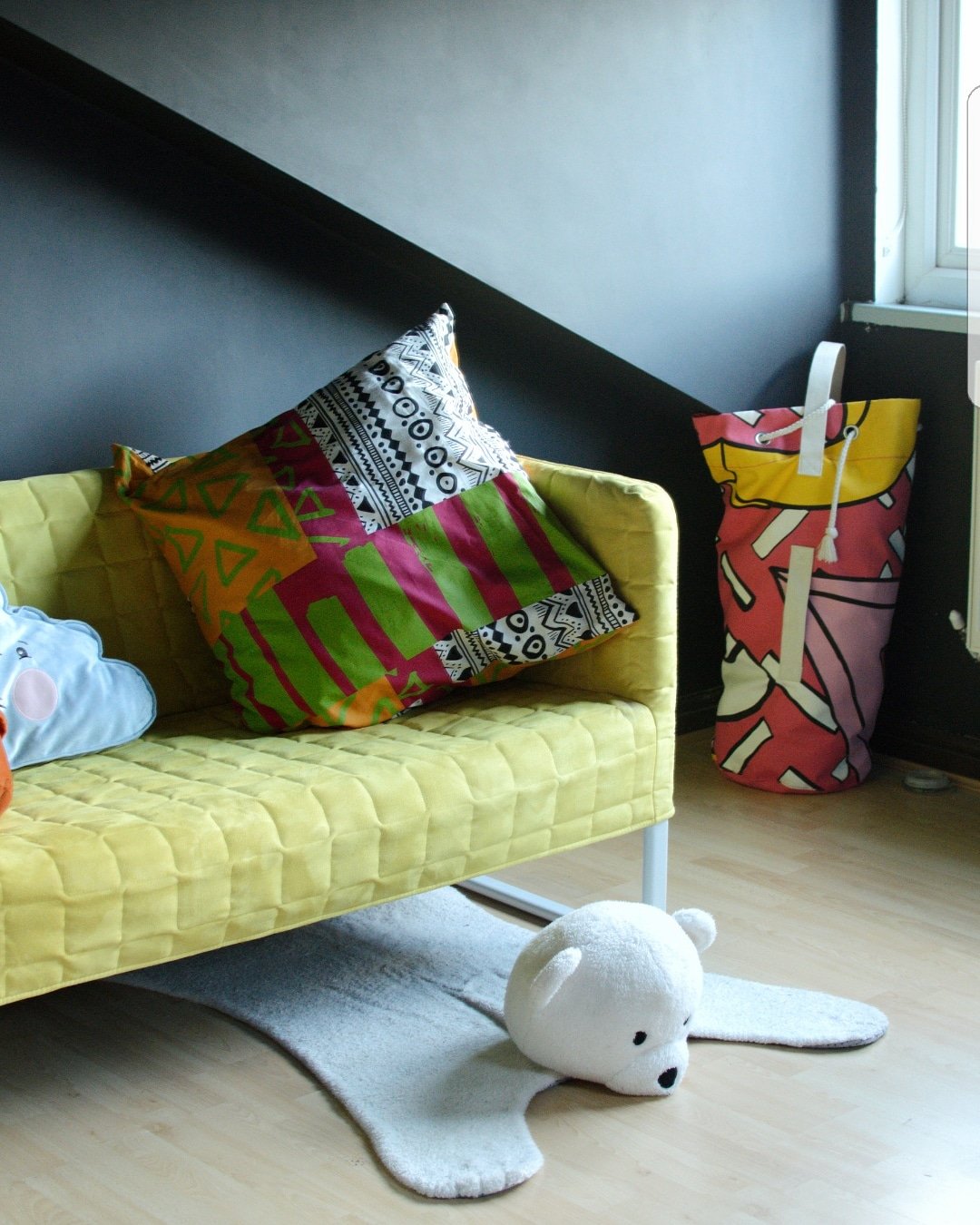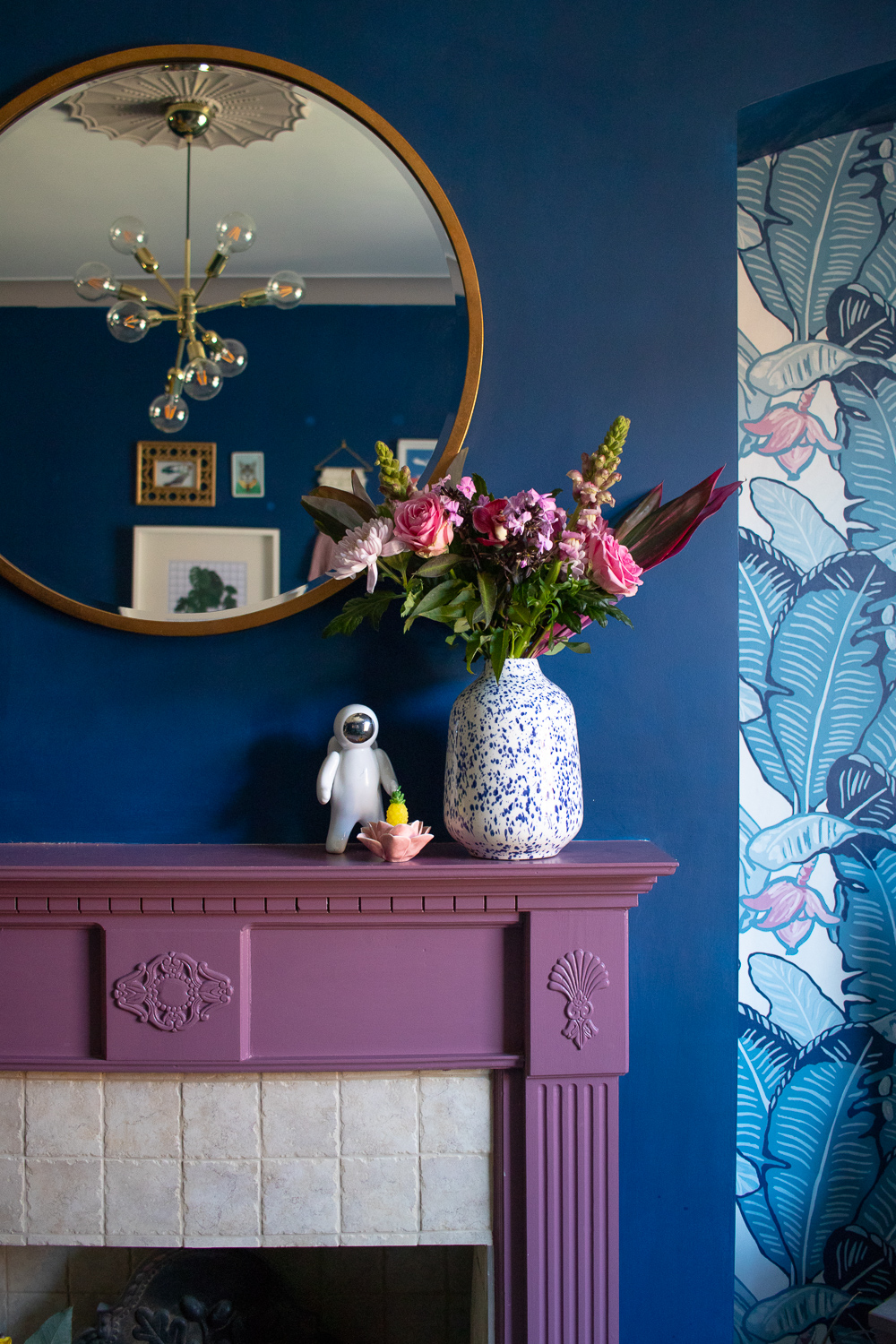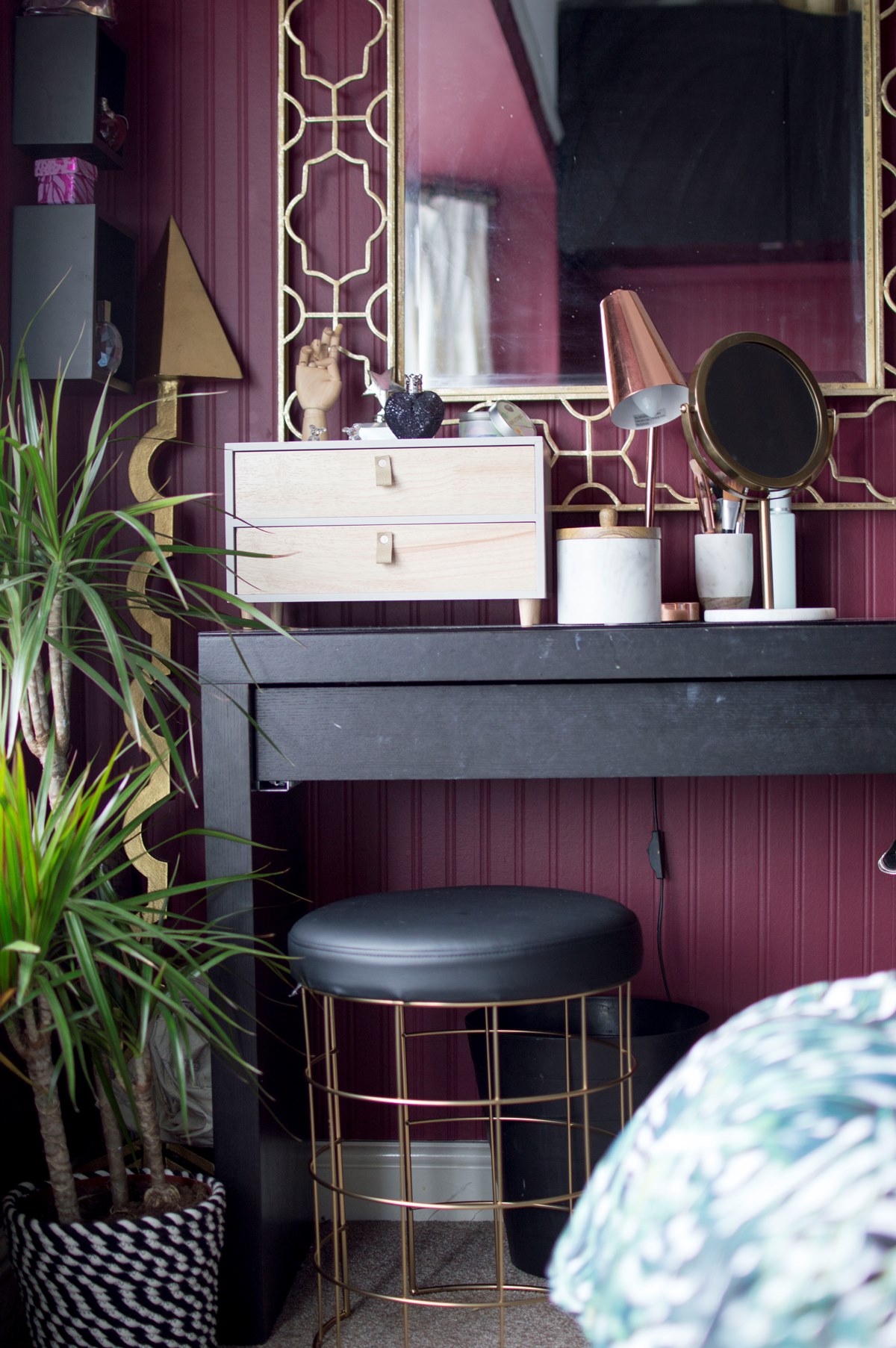Plastering on the hallway started today.
As of next week, when the job is expected to be complete, we will have re-plastered every single wall in this house since moving in 3 years ago.
It’s taken a lot of patience. A lot of moving furniture around. And a lot of money. To be honest, that’s why it’s taken so long. We just didn’t have one lump sum of cash to throw at the problem, but we’ve got there. We finally did it.
This final room will mark the end of our “brickwork life”, and closing a chapter on renovating and living in dust.
For the most part, we’ve tried to DIY what we can to keep costs down and keep things moving when payday seemed like a faraway notion. We need to decorate, but we need to eat too! So, yes, budgetary reasons were key, but I’d also be lying if I didn’t say it’s almost become a hobby too. Obviously the DIY stuff more for Joe than myself, and the fact that he took time out of his weekend lately to visit a Screwfix Live event I think shows how much his interest has grown. (Screws…yay?)
There are some areas where I feel DIY isn’t your best bet though and it’s time to call in the professionals. Some people may wish to tackle plastering themselves and that’s flippin’ awesome – I can’t imagine the amount of money you saved and the satisfaction you must get from being able to say: “I did that.”
But for us, this wasn’t the case.
We only want it doing once, so let’s get it done right. As this momentous task is coming to an end (and I’ll probably do a progress update when it’s finished in a week) I thought it’d be good to answer questions I get asked a lot about plastering and working with tradesmen. It’s a long post but hopefully I can help.
I get e-mails so often asking for advice which is both flattering and scary! I can in no way offer expert advice but I’m always happy to talk about my experiences if it helps someone else get through renovating that little bit easier. (Tip #1, invest in a microfiber cloth, my god, the DUST!)
So hopefully this helps some of you and good luck with your plastering jobs 🙂
Why did you re-plaster every wall?
Let me paint a picture for you. In our lounge, the plaster was held to the walls by the wallpaper, and said wallpaper was fixed onto the wall with Sellotape. Seriously. Upstairs, there had been a leak before the roof was repaired (before we moved in – phew), meaning some plaster had moulded in the ceilings. Due to some renovation projects which required a lot of bashing (tough love as I like to call it – I’m looking at you bathroom) these harsh motions have disturbed plaster in neighbouring walls, meaning small cracks have eventually become even bigger cracks, resulting in plaster pieces literally trickling off the wall when a door is closed shut. This is just the short list.
It’s true, there were one or two walls which didn’t need plastering and were in reasonable condition. Personally for us, if we were re-plastering that room anyway, and it didn’t cost any extra, we might as well re-do the whole room, and then know for years to come that the foundation of that room is as new as it could be.
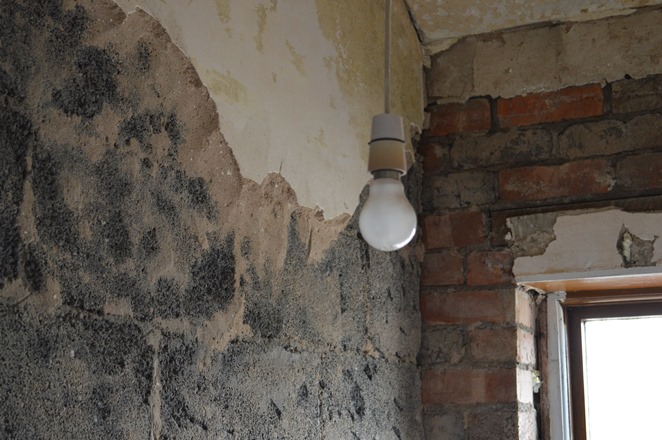
How can you tell if a wall needs plastering?
Okay, I’ve asked my resident plaster expert for this one and he’s got a bit technical, because DIY isn’t my strong point and for ages I thought rawl plugs were called “raw plugs”, something which he finds hilarious to this day – so over to the star of this blog, my husband, Joe.
“Plaster is only about 2mm thick and it gets applied like a clay paste and dries like cement. It’s normal to plaster onto plasterboard (drywall, gypsum, whatever you want to call it) to give a solid surface to bond to. A lot of old houses still have lime plaster in, which was bonded directly to the wall. If it starts to come off the wall through disturbance, the only thing holding it together is this very very small layer of plaster which is where you get cracks. They say every plaster wall will get cracks due to pressure and the shrinking of plaster over time, but the main cause of cracks is when it is coming off the wall and you can tell when you knock on the wall it sounds hollow. If it’s still on the wall it feels solid when you tap it like you would if you were to knock cement or brick.”
I hope that makes sense! So give it a tap and see what your walls sound like.
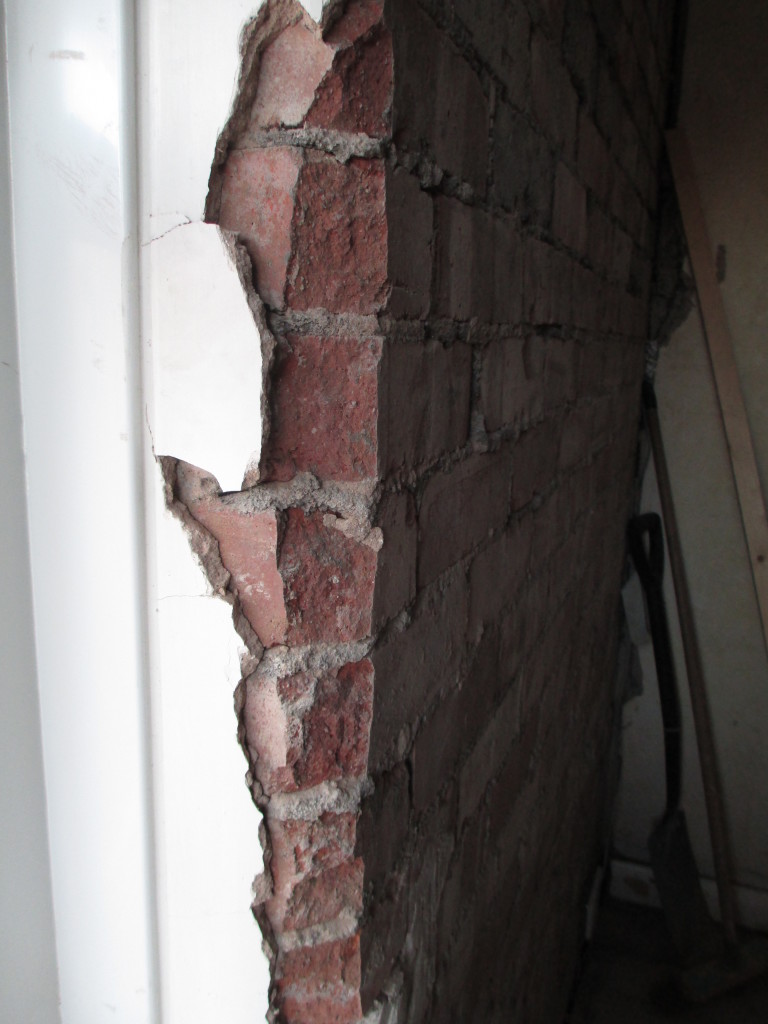
How much does plastering cost?
I think plastering is a really difficult one to price. Some rooms shocked me with our quotes and I imagine prices will differ depending on your location. Remember though, that even if a room is small, it may still be pricey if it requires a lot of preparation. Our hallway was originally quoted just shy of £2,000 to have plastered. It’s not the largest hall, stairs and landing you’ll ever see, but if you count all of the walls (it’s about 12 if you’re getting picky about it), angles, and not forgetting the 12 foot ceiling above the staircase – that’s a tricky and time-consuming job, and remember, these guys will charge by the day, with cost of materials. I believe in the North West of England you can expect to pay upwards of £100-£200 a day for this type of trade, but that’s just a rough guide.
How can I keep the cost of plastering down?
Now, here is where my knowledge is limited but my understanding is that you can have your walls plaster boarded, you can have them plastered, and you can have them skimmed. Skimming is more of a finishing thin layer of plaster, and if you only require this stage, then you’ve already saved time, and therefore money from labour costs. Check with a couple of different professionals to get multiple opinions on what you really need.
Could you buy any of the materials yourself? More often than not, a tradesman will definitely be able to get the best price, but materials really are expensive. It certainly doesn’t harm to shop around, and if you are lucky enough to have contacts who are tradesmen, ask them what you should be expecting to pay, so you don’t get ripped off.
Could you do any of the work yourself? As we’d taken our hallway all the way back to brickwork, the original quote was so high because it would need completely boarding first. Joe decided to do this himself instead which you can read about here. He got to buy the materials himself and know exactly how much we were spending on it, as well as saving on about a week’s worth of work from the professionals. By doing this, we have been able to cut our hallway quote by more than half.
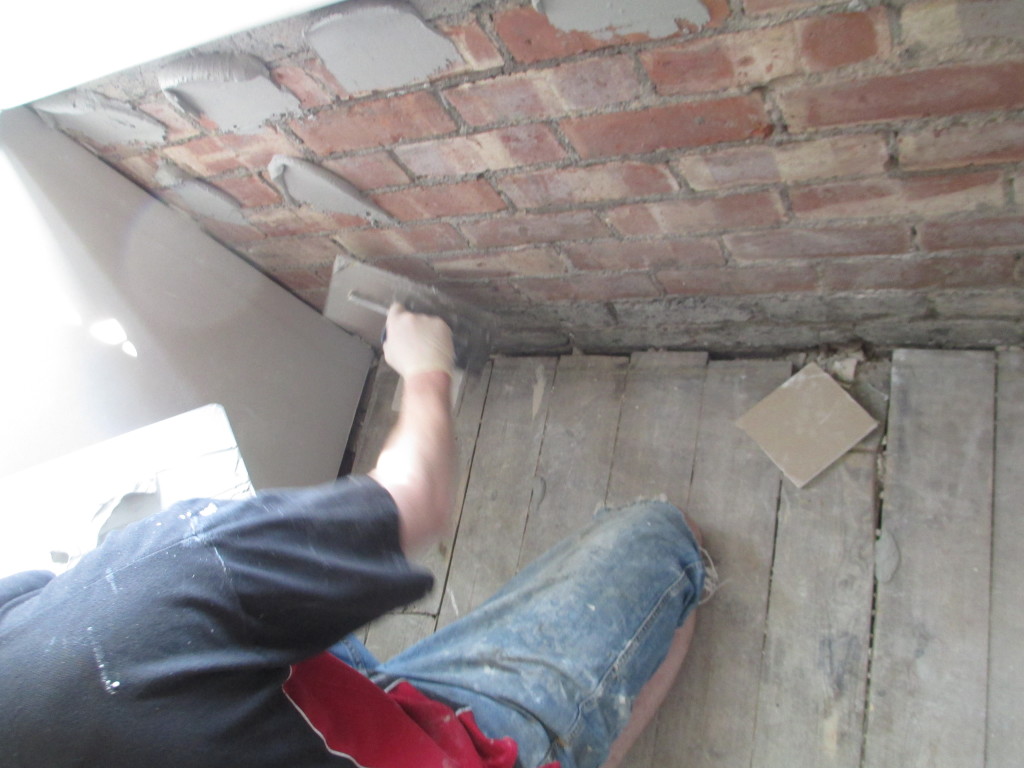
How do you cope with people in your house?
Find people you trust. We have used 2 or 3 different plasterers over our renovating journey and I must say we’ve had a mixed batch. The first lot of guys did an okay job. At the time I thought it was great, but until we used WG Plastering who did a fantastic job (they did our guest bedroom and nursery which you can see plastered here) I didn’t realise that the first job was actually not that great. If you need any plastering work doing in the Manchester area, I honestly can’t recommend them enough. In addition, set clear ground rules for your house. If you don’t want them routing through your cupboards, lay out cups of tea/coffee for them on the worktop next to the kettle so they have enough for brews. Ask in advance, if there is anything they will need.
Also if you’ve had a good experience with a tradesman, take their card so you can recommend them to someone else, and leave a review for them if you can. Good tradesmen I think are very difficult to find, and if you could help someone else avoid a disaster, it’s just nice isn’t it? Our first plasterers left teabags on the kitchen floor which really upset me. Our house may have been a pile of bricks at the time, but it was still our home, and deserved to be treated as such, in my opinion. Never be afraid to remind them that this is where you live.
How do you LIVE LIKE THIS?
Oh, this is a personal favourite, and is probably related more to renovating in general rather than just having plastering done. I know people are not trying to be mean, but I sometimes forget how rundown and generally shoddy a house can look when you have unplastered walls or exposed brick, or dust on your fruit bowl even though you feather dusted it FIVE MINUTES AGO. It really does look a state. And if there was one question we get asked the most, it’s this. I think it’s harder for Joe because he’s very house proud. Not that I’m not! But I’m also forgetful so it passes quickly. The only answer I can give to this is having a good support and a positive attitude will take you far. I do grumble a lot, something I need to work on more – but it’s not forever. A good sense of humour goes a long way, and Joe has often left me messages in dust or with duct tape around the house. It’s the little things. And remember, it’s all temporary.
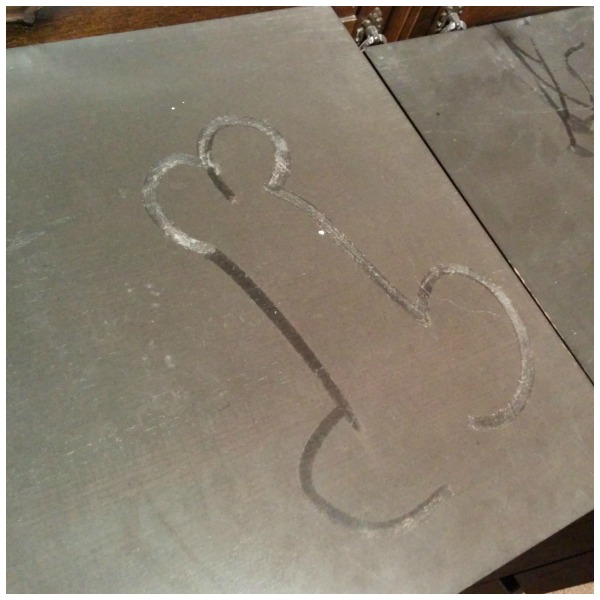
Got any tips on keeping tidy?
YES! You wouldn’t think so necessarily by looking at our house, but trust me, it could be a lot worst! Here are a few key things to remember when you’re getting ready to have your house plastered, as well as how to ‘recover’ afterwards.
- Let your neighbours know if you’re having work done. Firstly it’s polite. Secondly, you might need them. For our very first plastering job in the house, we also had no running water at the time. Thankfully, our neighbours happily obliged in letting our plasterers into their house to use the loo and full up a bucket of water for the job.We couldn’t have been more grateful.
- Lay down carpet protector where applicable. I think with wooden or hard floors, a sheet is usually enough, followed by a mop and sweep afterwards (and a good plasterer will normally bring their own protective sheets – ask in advance whether they’ll be providing them). Carpet however – if you get dust in that, it will sink in and it’s very difficult to get clean again. The same for fabric couches if you have one nearby. Cover it up. You can get cheap dust sheets in bulk from eBay, as you get ripped off at local DIY stores I think. Your house might temporarily look like that scene from American Psycho (you all know the one surely! – “Do you like Huey Lewis and the News?”) but you’ll thank yourself later. We’ve learned our lesson the hard way and will be hiring a deep cleaning machine for the carpet as soon as this last plastering job is done.
- Open every single window when the plasterer leaves at the end of the day. I mean, seriously, could I have mentioned dust anymore on this blog? It’s bloody awful. But if you don’t do a good job at this stage, it will linger. I like to get a fan on at the same time so that it physically pushes the dust OUT of the house, so it doesn’t just drop again later.
- Be patient. I know you’ll be eager to decorate as soon as the job is done, but let the plaster dry out properly. Leave it for as long as possible before even thinking about painting or lining that sucker. The plaster should go from a dark reddish brown when wet, to a more terracotta hessian type brown. If you paint too soon, your plaster is more likely to crack down the line, and your efforts will be wasted.
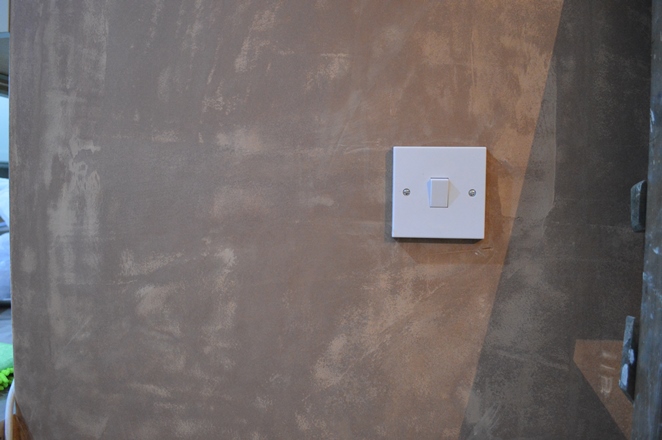
If you’ve made it this far, well done you! I really hope this was helpful. Like I said, I can only talk about what I know – and I’m no expert, so even that little knowledge may not be quite so great! I’d love to see your plastering jobs, room transformations and experiences with trademen so please feel free to share below!
I’m so happy our plastering chapter is coming to a close in just a few short days. I may post some progress pics of our hallway on Instagram before I post an update next week, but let’s face it, brown walls? There are some things even an Instagram filter can’t make glamorous.
Don’t forget, there is still time to vote for us in the Amara Interior Blog Awards where we have been nominated in the Best DIY Blog category, yippee. If you fancy voting for us you can do so HERE. Thank you!


